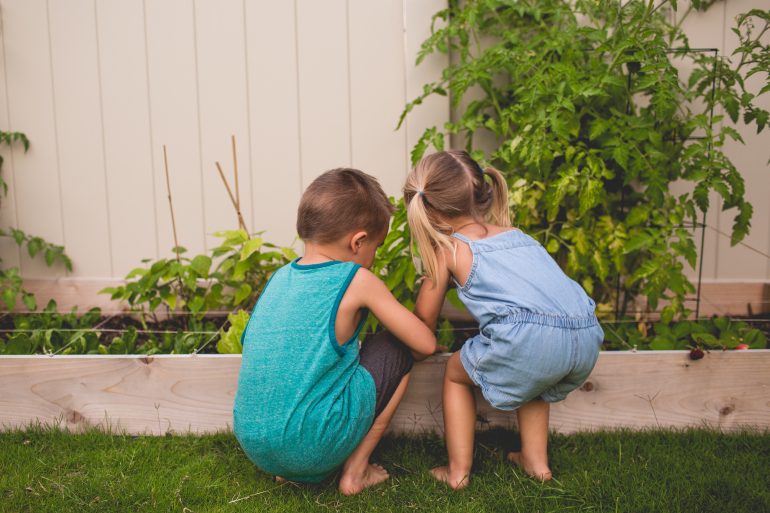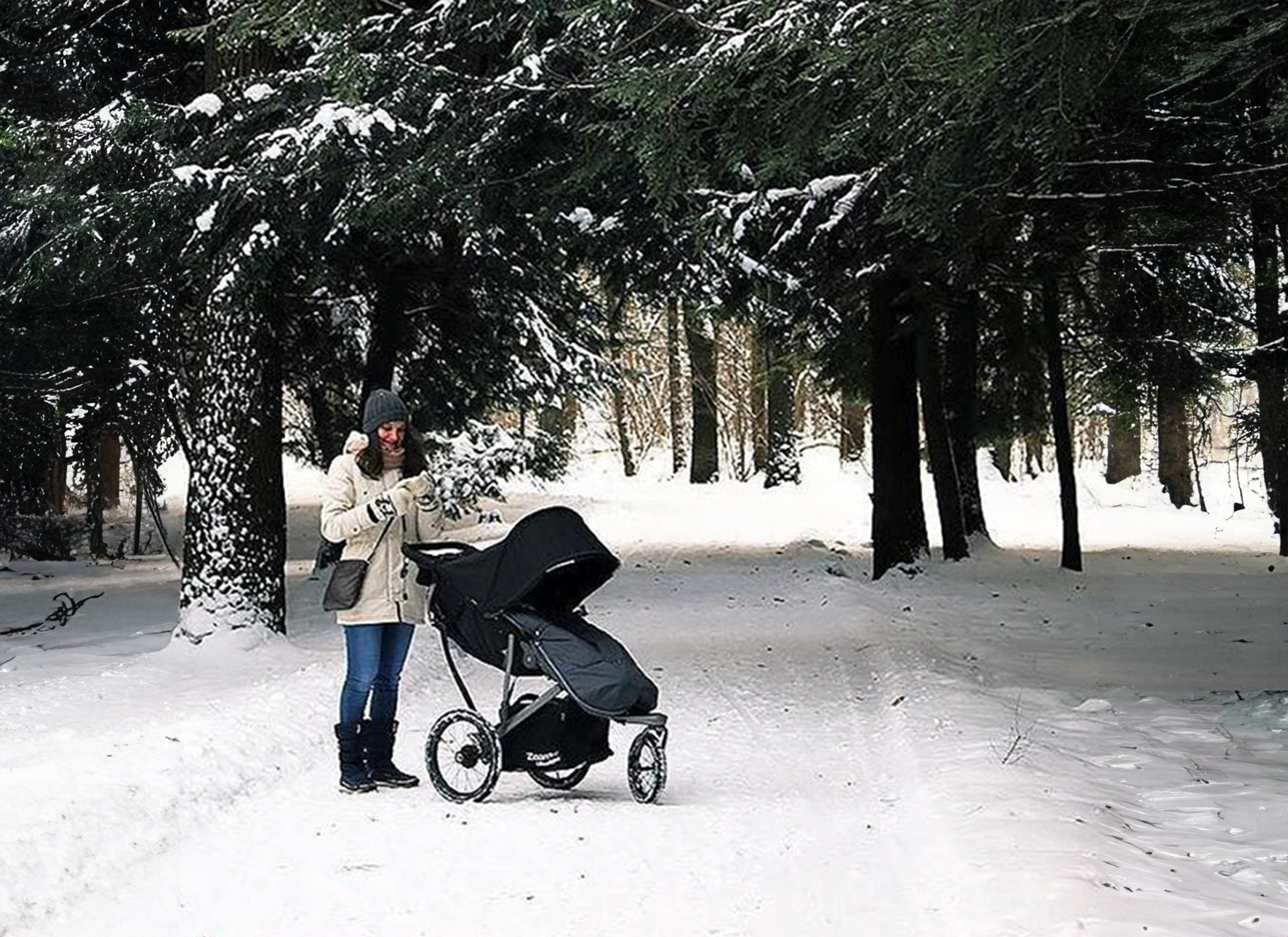Nine Simple Ways To Enhance Childhood With A Backyard Natural Playgrounds or Playscapes
Nature Provides Learning Opportunities
Republished article from hikeitbaby.com/blog
Research shows time and again children who explore natural playgrounds use their imagination more, work cooperatively, are more active, get creative, problem solve, and play longer than children enjoying the more traditional swing, slide, and climbing structure playgrounds. Schools, community programs, and parks and recreation officials have taken note of this research and are adding natural playscapes to better engage children (see research articles listed below for further reading).
The best part is, creating these valuable play spaces is not expensive or difficult. Children do not need large natural playgrounds to benefit. Children will find ways to engage with and learn from the materials they are given. These natural play areas can be added to any outdoor space, no matter how tiny. Here are tips for creating a natural playground in your own space.
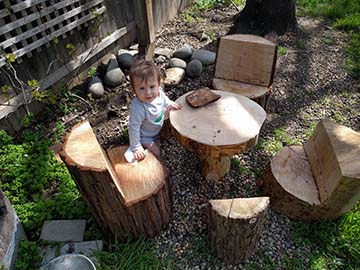
1. WATER
Water is probably one of the easiest elements to add to a child’s outdoor play area. Whether it is a water table, a hose on cement, or water on a dirt mound, children can use their imagination, find endless ways to enjoy themselves, and learn how water interacts with dirt, sand, cement, leaves, sticks, rocks, and more!
2. DIRT
Dirt is usually readily available and almost all children love to dig. This is another very easy way to allow kids to explore nature. Don’t have a yard? Consider adding dirt to a bucket to create the same experience.
3. MUD
Combine these two elements and another natural element is added to the play space. It can be mobile, think mud bucket, wagon or wheelbarrow, or it can be a designated space in the yard for children to explore more openly. Add a few pots and pans, maybe near a stump or add a tree round, and there’s a mud kitchen. Dig a hole and allow children to create their own mud bath. Really, the options are endless, but it might be a good idea to add a small bucket with soapy water and a nail brush to clean those little hands when the mud fun is done.
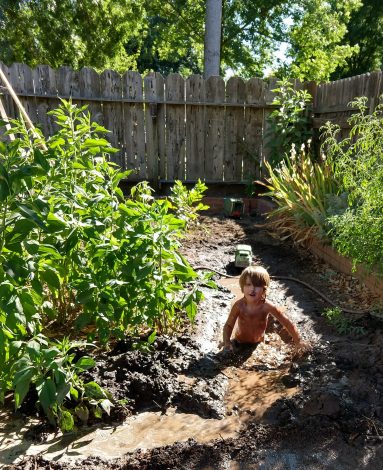
4. SAND
Not everyone has room for a sandbox, but this is an incredible option to allow children the ability to dig and build. This could also be a mobile play area by using a bucket, old wagon, or wheelbarrow for a sand station.
5. FLOWERS
Like butterflies, children love flowers. Creating a space full of flowers that children can explore is a fun way for them to learn about flowers, lifecycles, colors, and more. Sunflowers can be great for making forts with and are quick growers, which can be a good introduction to plants for young kids.
6. EDIBLE PLANTS
A garden can be an amazing way to introduce children to healthy food, but equally important also provides a wonderful way for them to engage with nature. Climbing plants, like thornless berries, beans, snap peas, and many others are wonderful for building edible forts that enchant a child’s imagination. Herb and vegetable gardens can also double as fairy or gnome homes. Not only do the children play outside and reap the benefits of natural play spaces, but the household reaps the benefits of fresh food too.
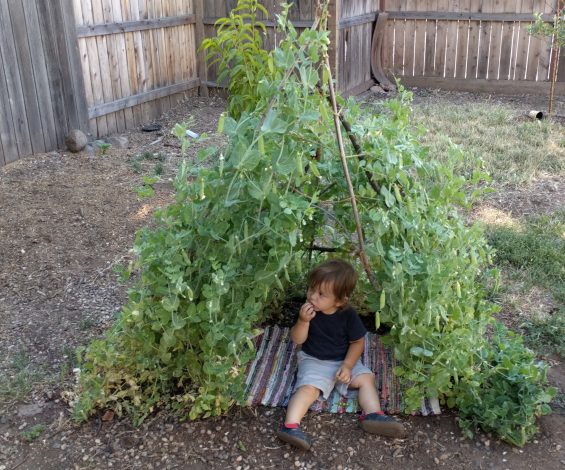
7. TREE ROUNDS
Tree rounds can be tables, chairs, climbing structures, a kitchen, and so much more. They allow children the ability to use their imagination and learn balance and risk-taking. Not sure how to obtain these open-ended beauties? Try connecting with a local tree company or asking a neighbor who is having their tree cut down if you can have a couple of the rounds.
8. PEBBLES/ROCKS
Like sand and dirt, small pebbles create a perfect environment for digging and building. And larger rocks can be stacked, maneuvered into patterns to form paths, used as small tables or chairs, or really anything else little imaginations can come up with.
9. STICKS
Sticks are another very easy element to add to a nature play space. They may seem simple, but they are very versatile and loved by children all over. An example of how sticks can be used is fort building (pair this with a climbing edible plant!), writing or drawing in the dirt/sand, stacking, building homes for toys, and even sorting into sizes or colors.
These are a few examples of ways to add nature to a child’s play space. Need some more inspiration? The National Wildlife Federation developed a Nature Play at Home Guidebook and it is full of ideas, including ways to incorporate the elements listed above and more. And, check out this article on Nature Learning Programs.
What other elements can you think of to add to a natural play area? Drop us a comment and share your ideas!
Research Articles on Natural Playscapes:
10 Ways Natural Playgrounds Benefit a Child’s Development, Academy Today (2017).
Natural Playgrounds More Beneficial to Children, Inspire More Play, Study Finds, Science Daily (2012).
The Impact of a Natural Playscape Installation on Young Children’s Play Behaviors, Research Gate (2013).
Photos courtesy of Katie Fox.

